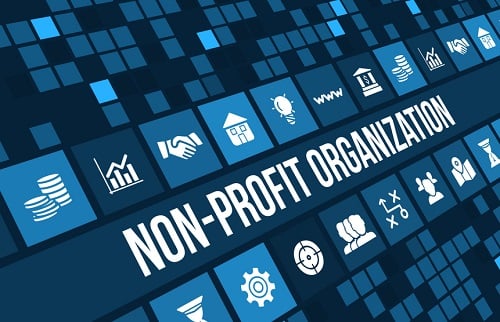

Non-profit and social services agencies both play crucial roles in communities across the country. From delivering food to the infirm to providing safety and protection for at-risk youth, these organizations are run by people who are driven by the desire to help others. In servicing this complex segment of the market, and helping non-profits and social services agencies to operate with adequate coverage, brokers have the opportunity to do their part for the greater good. And in addition to playing an integral role in the communities in which they live and work, brokers also have to chance to boost their bottom line.
Budgetary restrictions
Specializing in non-profits requires brokers and agents to cover everything from large social service agencies to museums, food banks and agencies providing in-home care to seniors. Each non-profit has its own unique set of needs and requires a level of patience and attention that brokers and agents may not be used to providing.
Non-profit and social services agencies often have smaller budgets than other organizations, which, according to Riley Binford, executive vice president at Charity First Insurance Services, has a distinct impact on their approach to purchasing insurance coverage. “Also, since 2008, non-profit and social services have really felt a pinch from federal, state and local grants, and overall donations, so they’ve had to adjust to working with shrinking budgets,” Binford says.
“Unfortunately, with these tighter budgets, in my experience, it seems that the number-one coverage affected is directors & officers [D&O], including employment practices liability [EPLI]. A non-profit often will either forgo purchasing the coverage or drop it if they carried it before.”
Whether they’re either reluctant or unable to spend the dollars to purchase D&O and EPLI products, non-profits and social services are missing out on bargain policies that cover exposures they really should be addressing. “Umbrella liability is another coverage that can be a hard sell to non-profits with tight budgets,” Binford adds.
Although some of the risk exposures of non-profits are common and experienced by most organizations – property, general liability, auto and workers’ compensation – others are not so obvious. With these less common risks, the decision not to purchase D&O and EPLI can lead to significant financial harm.
“Probably the most common D&O claim is mismanagement of funds and/or directed donations,” Binford says. “And, if you have employees and you elect not to carry EPLI, you are exposing the organization to employment practices claims such as wrongful termination, harassment and discrimination.”
Any agency that undertakes work with minors or adults with disabilities should, without question, be advised to carry sexual abuse and molestation coverage. “Also, if you are a non-profit with residential exposures or bus and van exposures that expose several lives to injury at one time, umbrella liability coverage is essential, as one bad loss could easily exhaust the underlying limits,” Binford says.
(To be continued...)
